Three-step image rectification
Résumé
Image stereo-rectification is the process by which two images of the same solid scene undergo homographic transforms, so that their corresponding epipolar lines coincide and become parallel to the x-axis of image. A pair of stereo-rectified images is helpful for dense stereo matching algorithms. It restricts the search domain for each match to a line parallel to the x-axis. Due to the redundant degrees of freedom, the solution to stereorectification is not unique and actually can lead to undesirable distortions or be stuck in a local minimum of the distortion function. In this paper a robust geometric stereorectification method by a three-step camera rotation is proposed and mathematically explained. Unlike other methods which reduce the distortion by explicitly minimizing an empirical measure, the intuitive geometric camera rotation angle is minimized at each step. For un-calibrated cameras, this method uses an efficient minimization algorithm by optimizing only one natural parameter, the focal length. This is in contrast with all former methods which optimize between 3 and 6 parameters. Comparative experiments show that the algorithm has an accuracy comparable to the state-of-art, but finds the right minimum in cases where other methods fail, namely when the epipolar lines are far from horizontal.
Origine : Fichiers éditeurs autorisés sur une archive ouverte
Loading...
